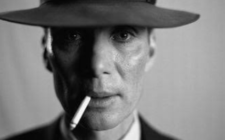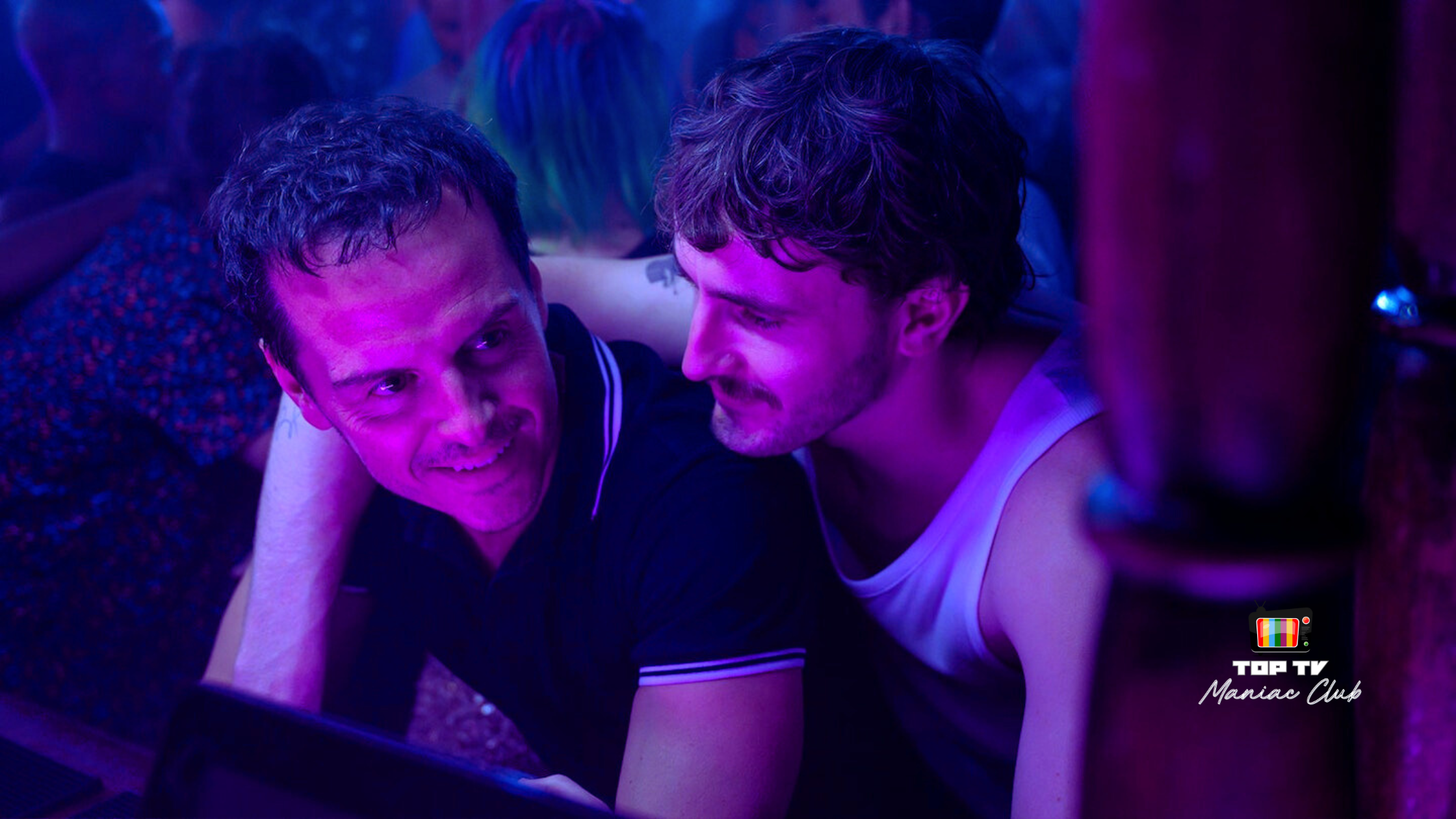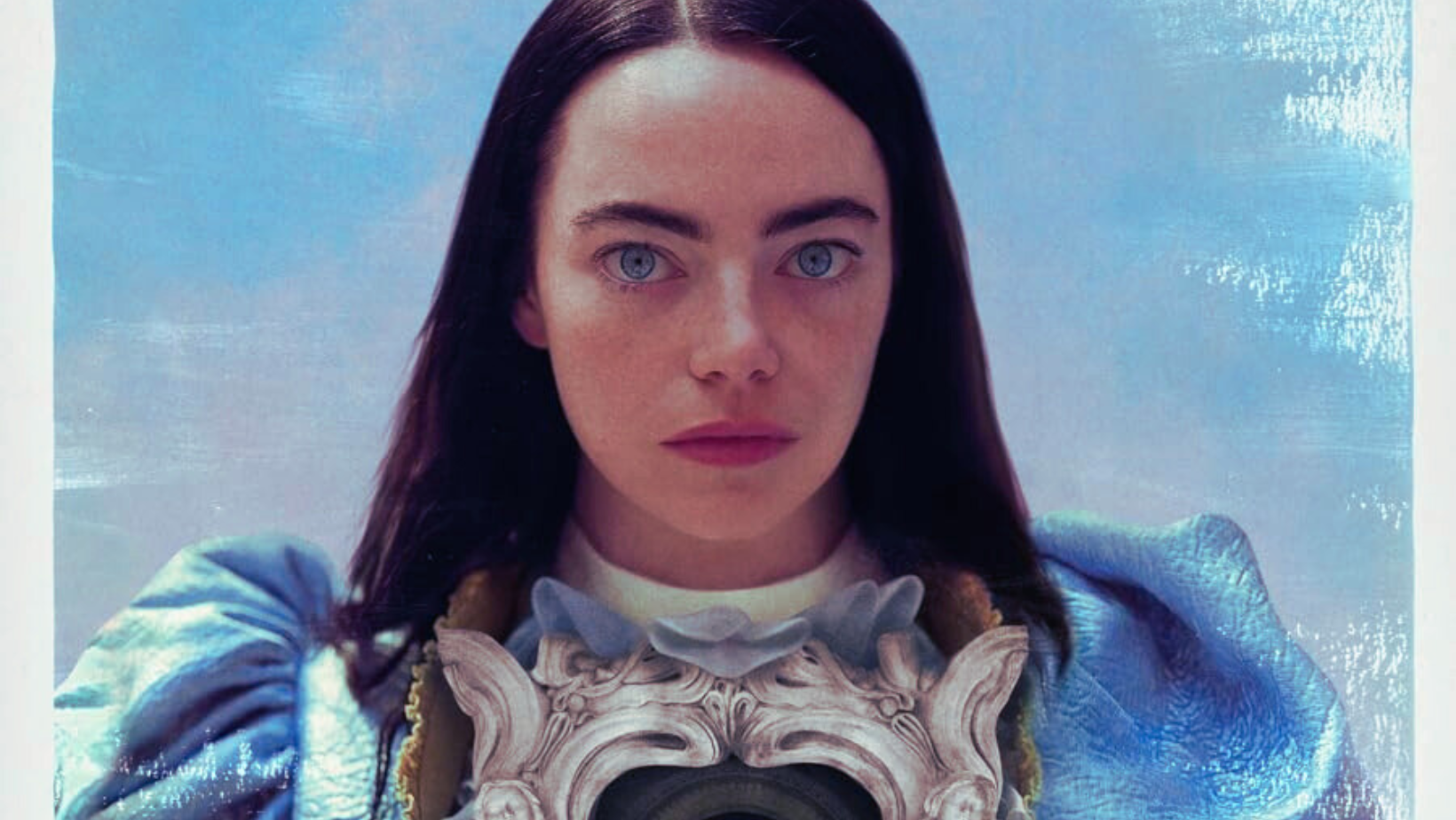“Killers of the Flower Moon,” directed by the masterful Martin Scorsese with a screenplay co-written by Scorsese and Eric Roth, is a cinematic masterpiece that delves into a harrowing chapter of American history. Inspired by David Grann’s best-selling book and grounded in true events, the film unfolds in 1920s Oklahoma, within the oil-rich lands of the Osage Indian tribe. Mysterious murders plague the Osage community, leading to an investigation by the newly formed FBI.
The narrative revolves around the unveiling of a sinister plot orchestrated by cattleman William Hale (Robert De Niro). The film exposes how Hale persuades his nephew, Ernest Burkhart (Leonardo DiCaprio), to marry Mollie Kile (Lily Gladstone) in an elaborate scheme to plunder the wealth amassed by the Osage due to the oil on their land. In the early 20th century, the Osage, once a marginalised indigenous minority in the American Midwest, transformed into the world’s wealthiest per capita population, courtesy of the oil reserves on their reservation. However, this newfound prosperity attracted nefarious outsiders, leading to over sixty mysterious deaths between 1921 and 1925. The film also depicts the investigation led by the formidable J. Edgar Hoover, the inaugural director of the FBI, who embarks on a colossal inquiry.
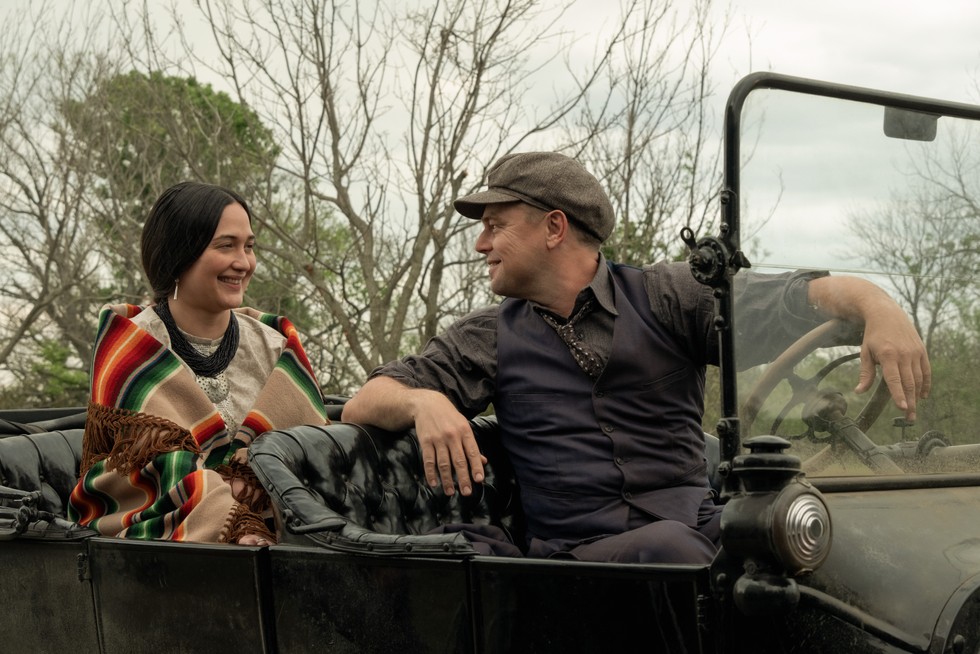
Scorsese skillfully crafts a narrative that navigates the complexities of this true story, depicting a barbaric massacre inflicted upon the Osage people by privileged white men with a colonialist spirit. The film unfolds with impactful and realistic scenes, meticulously developed under Scorsese’s sensitive and precise direction. The storytelling methodically explores character construction and objectives with poise and poetry, all enhanced by cinematography that transports the audience to a rugged, uncertain Western setting, where atrocities committed by white, heterosexual men unfold.
The stellar cast, led by Leonardo DiCaprio, delivers remarkable performances. DiCaprio, portraying the antagonist Ernest, showcases his acting prowess through nuanced facial expressions, vocal tones, and body language. The characters, including Ernest and Bill, are portrayed as cunning, thieving, and murderous, and DiCaprio’s portrayal makes it easy to loathe Ernest for exploiting his wife, Mollie, to further his selfish wealth-seeking agenda.
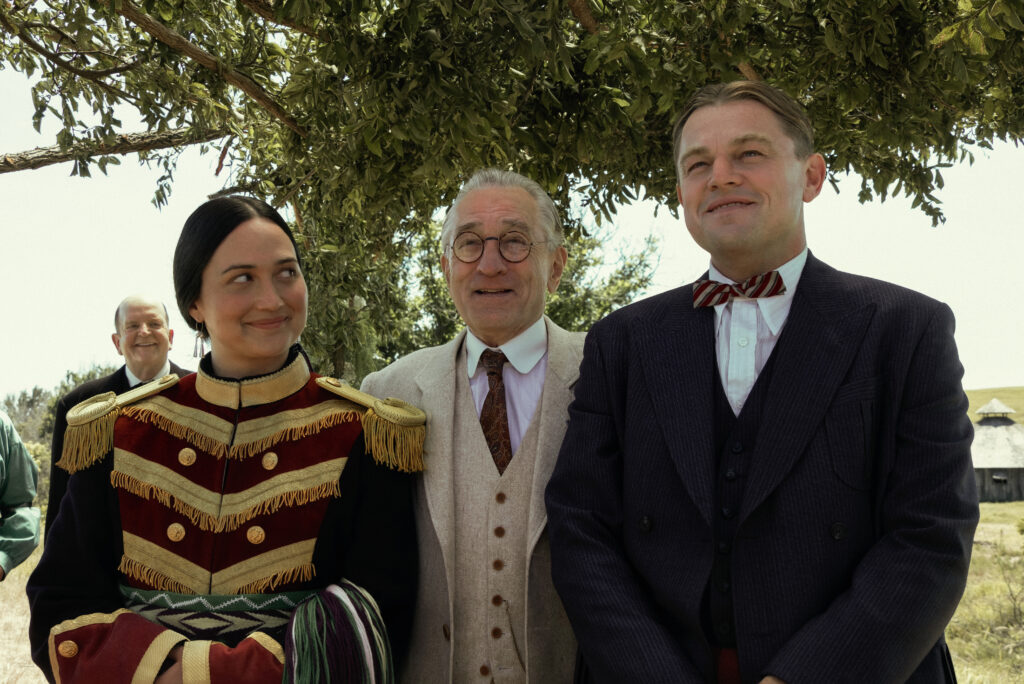
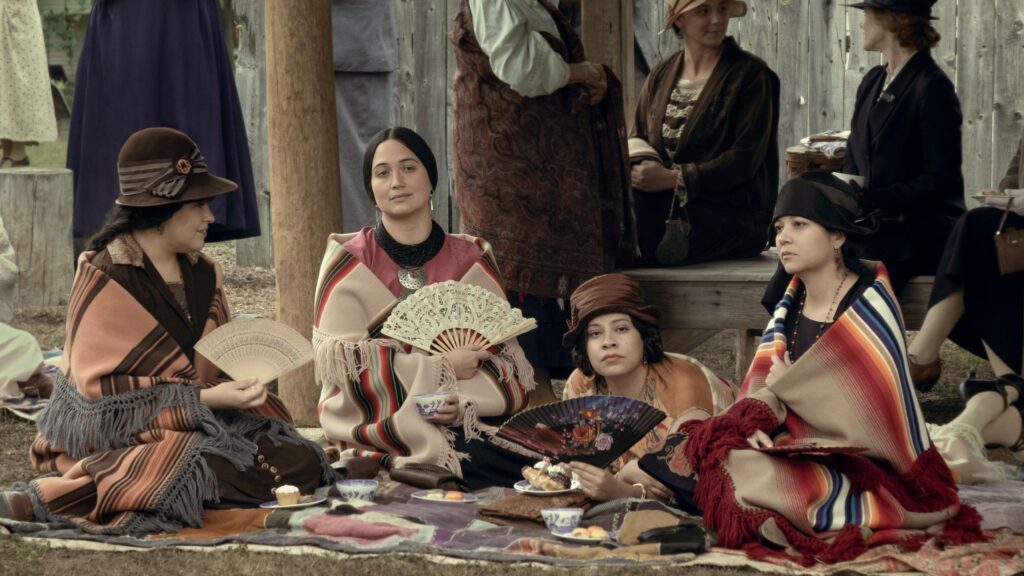
Robert De Niro, one of the finest actors on Earth, inhabits the role of a cold, calculating, and cynical villain who exploits his influence and power to eliminate the Native Americans standing in the way of his wealth acquisition. Lily Gladstone, portraying the suffering Mollie, delivers a tour de force performance, bringing to life a woman of her time and indigenous community.
The film is not purely a work of fiction; Ernest and Mollie were real individuals who entered into marriage, had three children (with the youngest tragically dying), and played a crucial role in this dark chapter of American history. Scorsese even makes a special appearance at the end of the film.
“Killers of the Flower Moon” presents a narrative that unfolds with impactful and realistic scenes, offering depth to its characters, particularly Ernest and Mollie. It is an emotionally charged exploration of prejudice, greed, and violence at the heart of American history. Scorsese’s direction, coupled with outstanding performances and a meticulously crafted narrative, elevates this film to an unforgettable experience that confronts the atrocities committed against the Osage people, leaving an indelible mark on the viewer’s consciousness.


